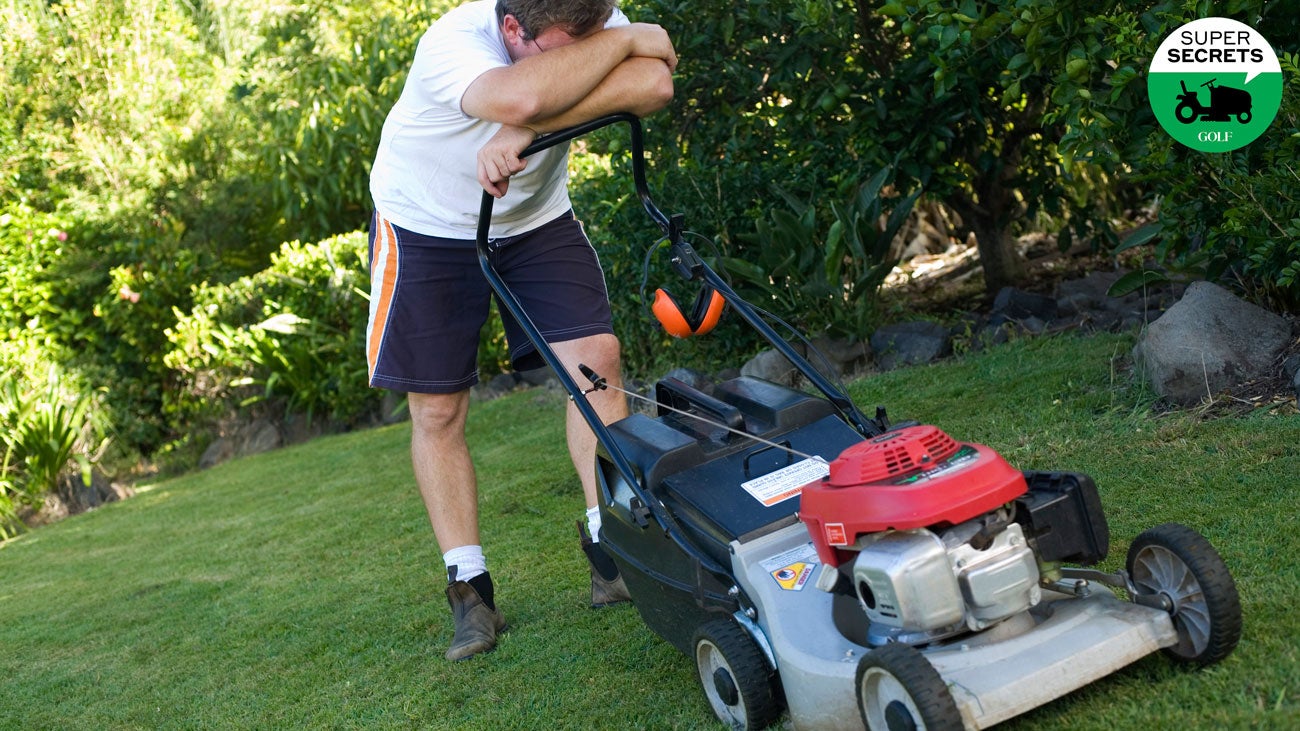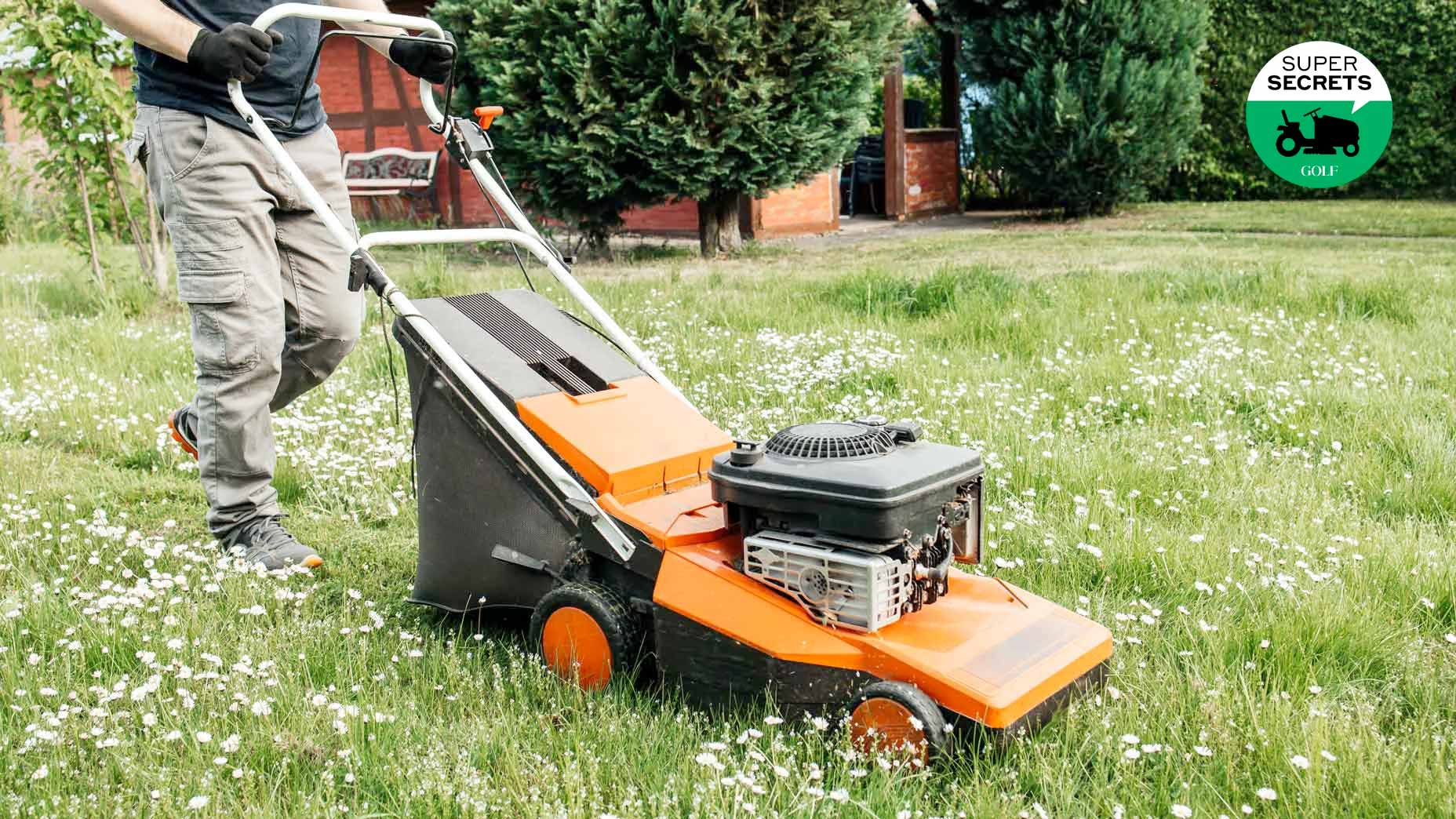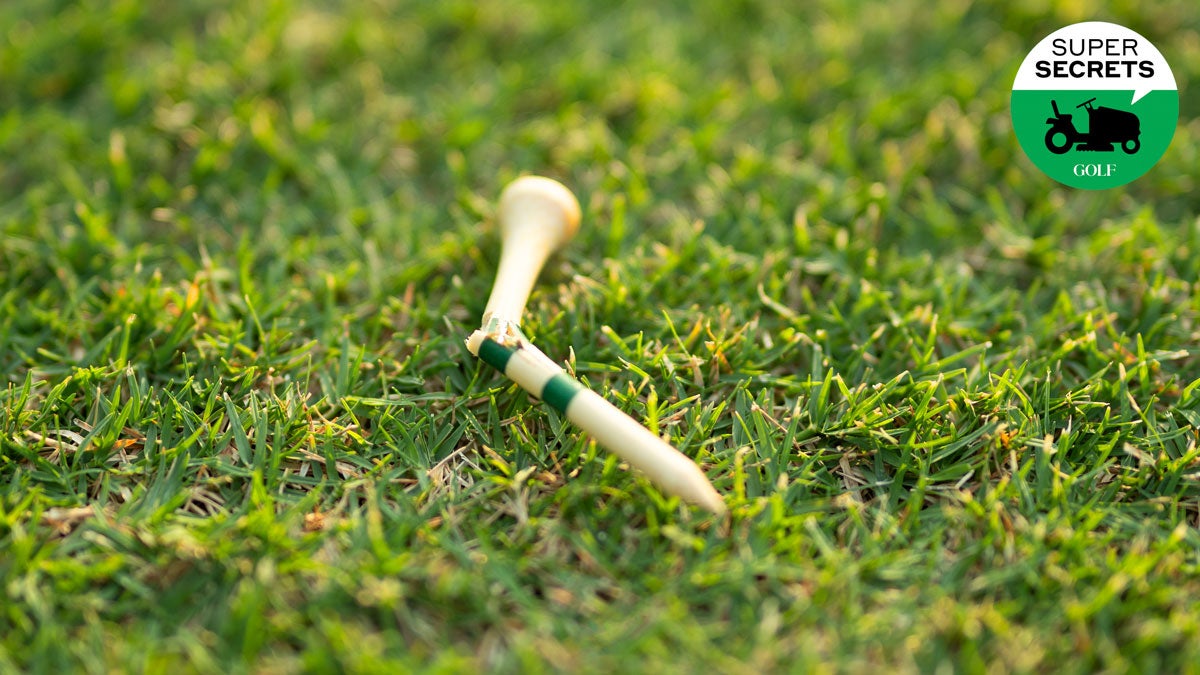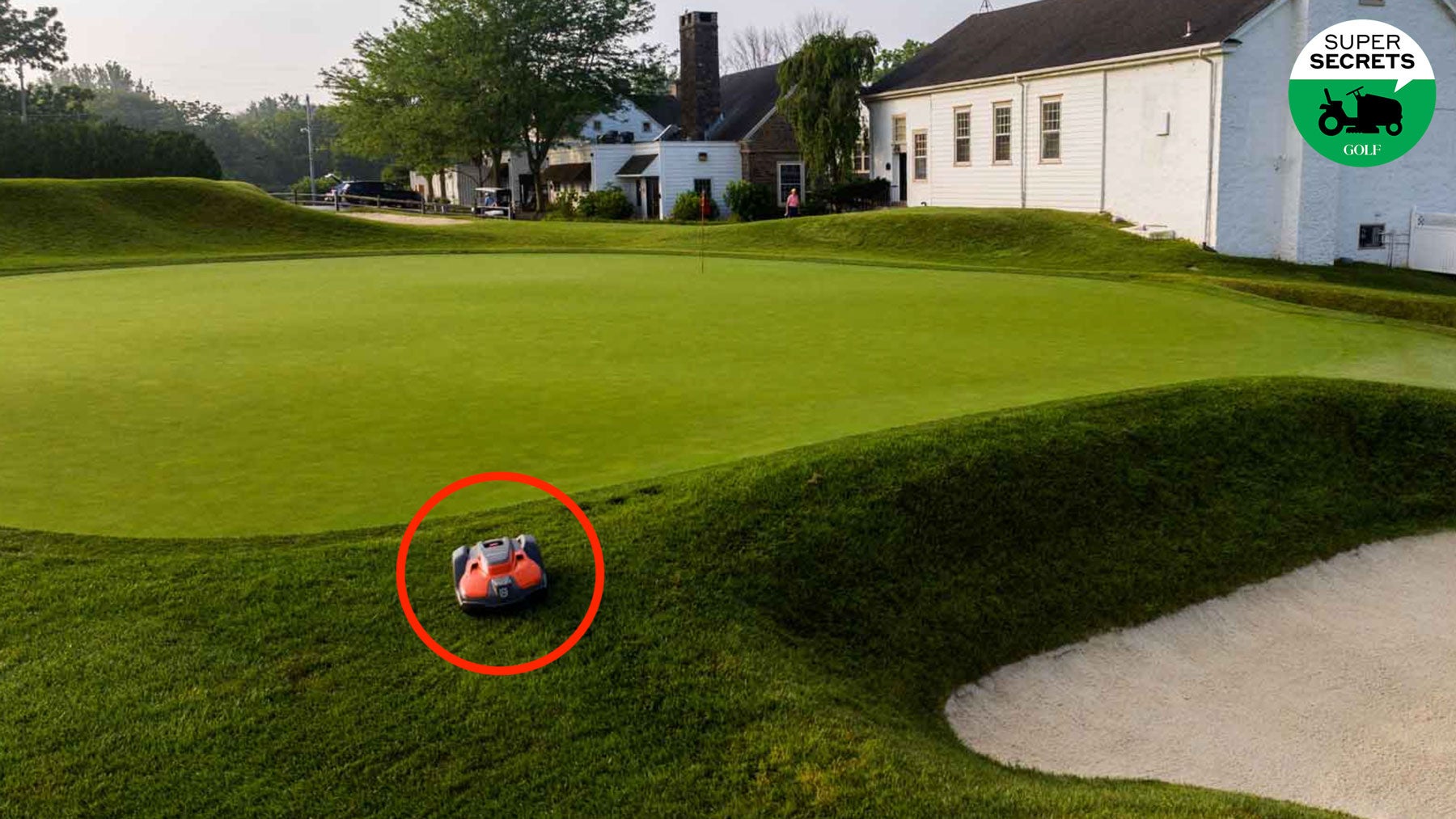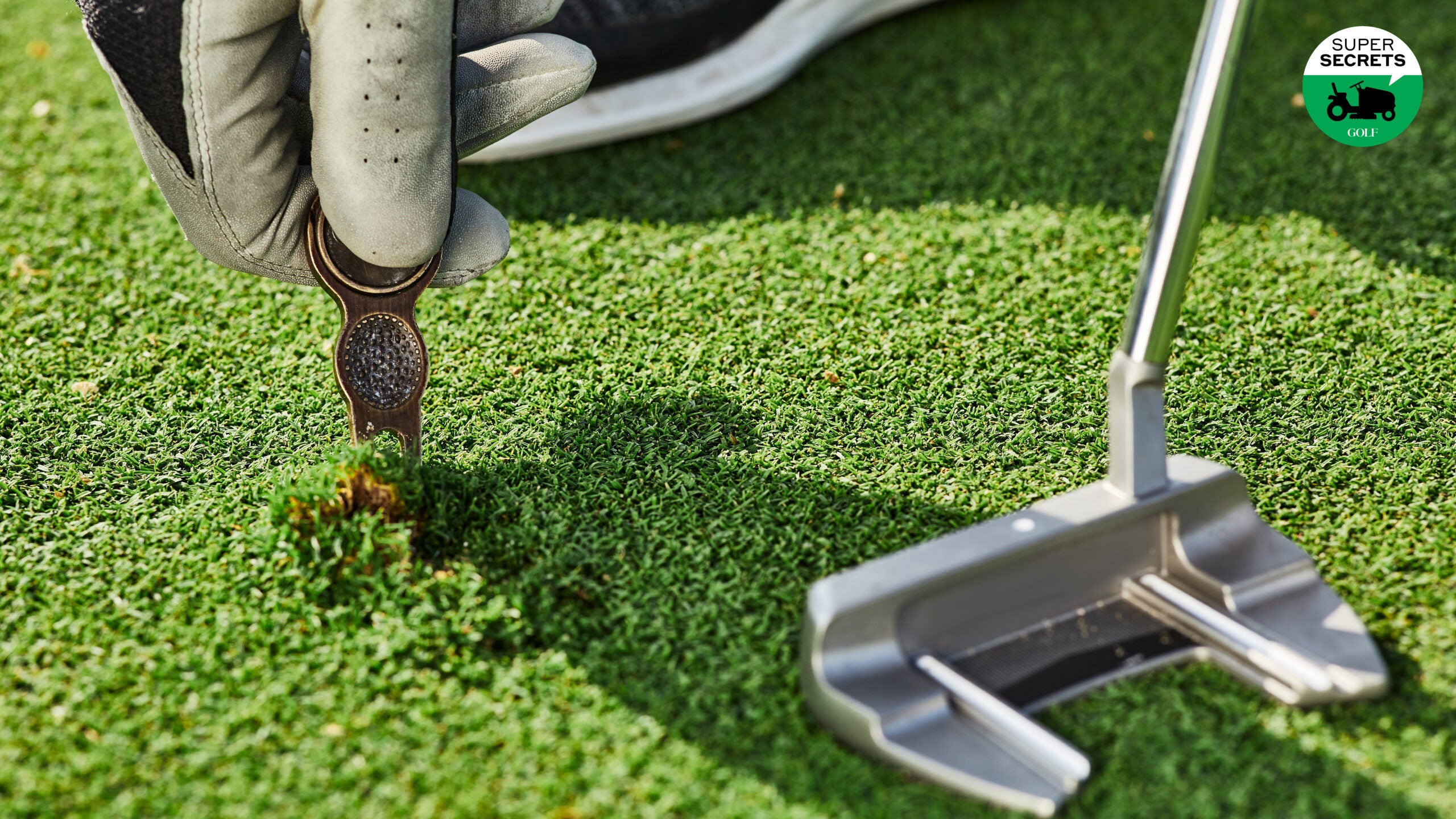Should you fill your divot…or replace it? A superintendent explains what to do
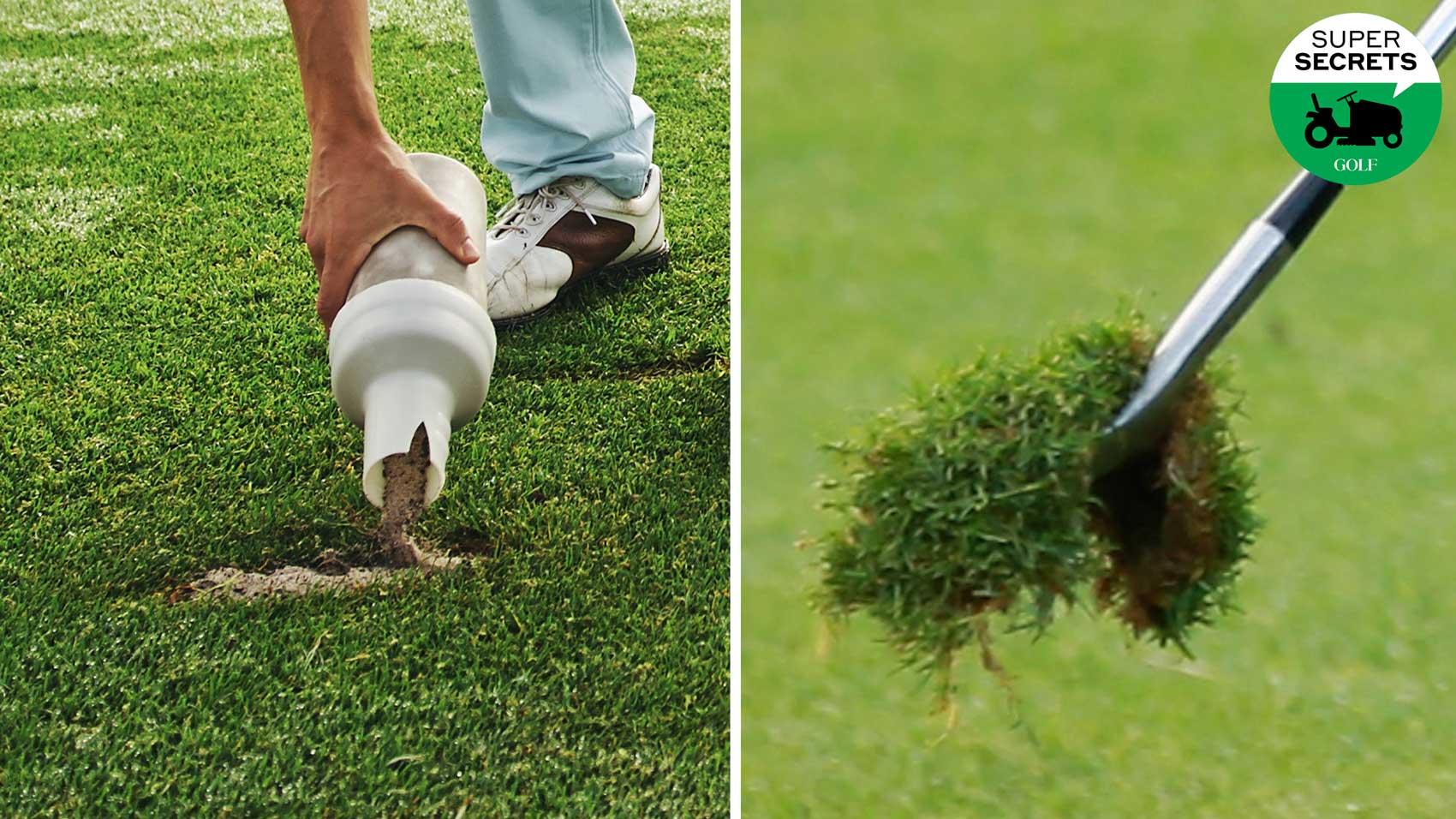
To fill your divot, left, or to replace it? That is the divot-repair question.
getty images
In golf, most of our decision-making happens before the shot, but we also face choices after we swing. Like: whether to fill or replace our divot.
Terry Buchen is the former superintendent at Riviera and a longtime member of the Golf Course Superintendents Association of America who remains active in the industry as a consultant.
What are the key considerations around divots?
We asked Buchen to dig deep.
1. Local rules
Preferences and practices vary from one property to another, so always start by asking if the course has a divot policy in place. Some high-end clubs and resorts with limited play and/or big maintenance budgets prefer to handle the divot repair in-house because it’s the more reliable way to go. At many courses, divot policies are a subject of friendly debate, especially on green committees (just as there is often debate over where to place bunker rakes). Golfers often have opinions, too. But whether you agree with the local rule is irrelevant. It’s on you to follow it.
2. Turf type
Not all grasses recover at the same pace. The more aggressive growers bounce back more quickly and have a better chance of survival, Buchen says. So, if you take a divot from a fast-grower like, say, creeping bentgrass, Bermuda or seashore paspalum, you’d be more likely to replace the divot than you would on a slower-growing grass, such as fescue, which is usually better off being filled.
3. Depth and integrity of the divot
The deeper the divot, the more likely it is to have soil and roots attached to it, which makes it a good candidate for replacement. A shallow divot with no roots or soil has no chance of survival, so there’s no point replacing it. The same goes for a divot that has been blown to smithereens, reduced to green shards with no roots or soil.

4. Weather
A marginally salvageable divot, with little soil or roots remaining, is an iffy candidate for survival in any conditions. But its prospects grow even slimmer in hot, dry weather. If you’re thinking of replacing it, you might want to think again.
5. Tee hack
Newly replaced divots without much soil can be easily knocked out by fairway mowers, especially when conditions are hot and dry. For that reason, Buchen says, some superintendents recommend that divots be held in place with two or three tees pushed down to ground level so that they won’t pop out when mowers pass over them. But that’s more often a job for the maintenance staff than it is for the golfers.
6. Sand and seed
Depending on grass type and climate, some courses call for filling divots instead of replacing them. The bottles or satchels they provide you with are either filled with sand or a mixture of sand and seed, a combo that promotes faster regrowth. At times, when superintendents want to change the grass type in the fairways or introduce a new variety into the mix, they’ll add a different seed into the mix, so that every filled divot helps move the job along. But seed can also be a contaminant, which is why you should never fill a divot with a sand/seed mixture you got from a different course.
7. What you see on TV
Superintendents whose clubs are hosting televised events take special care that the course looks and plays just so. In many cases, Buchen says, they vacuum or sweep up any loose or replaced divots prior to the next round and fill them with a mixture of sand, topsoil, and compost, which is firmer than sand alone and tends to yield a fairer lie. On TV, you’ll often see caddies replacing divots. But they’re less likely to do so during the final round of an event, Buchen says, knowing that the maintenance staff won’t be far behind.



